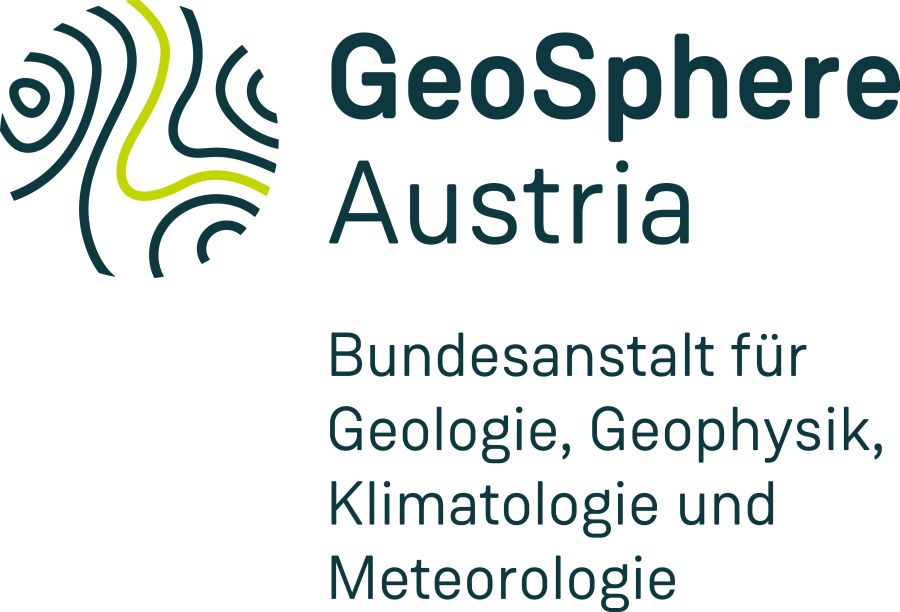University of Vienna and ZAMG launch "Vienna Network for Atmospheric Research" (VINAR)

©Uni Wien/Weinzierl
As of January 2021, the University of Vienna and the Central Institute for Meteorology and Geodynamics (ZAMG) are jointly founding the Vienna Network for Atmospheric Research to bundle and intensify research. "Also, in view of climate crisis, time is pressing to improve our process understanding of the climate system," explains Andreas Stohl from the Institute of Meteorology and Geophysics at the University of Vienna, who heads the new network together with Gerhard Wotawa from ZAMG. The goal, he says, is to make Vienna a leading research location in the field of atmospheric and climate research.
Greenhouse gases, aerosols and new meteorological models: climate and atmospheric research has developed rapidly in recent years. But in the process, new questions are constantly arising - and especially with regard to global warming, time is pressing to answer them. Against this background, the University of Vienna and the Central Institute for Meteorology and Geodynamics have now founded a new research network: In the Vienna Network for Atmospheric Research (VINAR), meteorology, atmospheric and climate research in Vienna will be thematically focused and strengthened in the future.
In 1851, ZAMG was founded as one of the oldest state weather services in the world, whose first director Karl Kreil was also appointed professor of physics at the University of Vienna at the same time. This developed into a close cooperation between the two institutions, which made Vienna a world leader in meteorology towards the end of the 19th century and the beginning of the 20th century. With VINAR, we want to continue this successful period and make Vienna a beacon of atmospheric research once again," explains Andreas Stohl. The meteorologist, who also received the Gottfried and Vera Weiss Prize this year, will head the network in the future together with Gerhard Wotawa, the division manager for data, methods and models at ZAMG.
In the next few years, VINAR will be used to advance basic research to improve the jointly used weather forecasting, climate and dispersion models: "We want to be a kind of turbo for atmospheric and climate research and meteorology," says Stohl.
Research infrastructure and knowledge generation
"Given the existing challenges, it is more important than ever that products and services that serve the safety of citizens and infrastructure are developed at the cutting edge of research and tailored to the needs of municipalities, provinces and the federal government, as well as the business community. The joint use of research infrastructures and the joint generation of knowledge promoted by VINAR also benefits atmospheric and climate research in Austria as a whole," says Gerhard Wotawa, head of research and development at ZAMG.
Cooperation is planned, for example, in the development of methods for the balancing of greenhouse gas emissions based on atmospheric measurements and in the establishment of an in-situ measurement infrastructure for aerosol and cloud properties at the Sonnblick Observatory of ZAMG and at the urban background station of the University of Vienna. On the part of the University of Vienna, Bernadett Weinzierl, head of the Aerosol Physics and Environmental Physics research group at the Faculty of Physics, is part of the VINAR team in addition to the Institute of Meteorology.
VINAR Director Receives Gottfried and Vera Weiss Prize
The further development of atmospheric dispersion models is also a focus of VINAR Director Andreas Stohl, who was awarded the €200,000 Gottfried and Vera Weiss Prize of the Austrian Science Fund FWF for a Lagrangian re-analysis project in this field in 2020: While conventional models record meteorological parameters such as humidity or temperature at fixed points, the so-called Lagrangian models follow the individual particles and record how the meteorological parameters change along their path. For questions such as the transport of pollutants and greenhouse gases or the origin of a heavy rain event, this method of analysis has clear advantages, Stohl said.
These models are also an important component of the new research network. After all, the model developed by Andreas Stohl is also used at ZAMG for crisis preparedness, for example after nuclear power plant accidents or volcanic eruptions. In addition, VINAR will also improve weather forecasting and climate models and further develop data science methods for the analysis of large data sets (so-called "big data").
The University of Vienna and ZAMG will also cooperate in teaching. For example, the establishment of a comprehensive seminar program and the joint supervision of doctoral students is planned, including through the Vienna International School of Earth and Space Sciences (VISESS) at the Faculty of Earth Sciences, Geography and Astronomy at the University of Vienna.
Cooperation bundled and strengthened
"I am very pleased that the new research association will further strengthen climate and atmospheric research in general and also at our faculty," says Petra Heinz, Dean of the Faculty of Geosciences, Geography and Astronomy: "The cooperation with ZAMG, which has already been excellent, will thus be bundled and also put on a new organizational footing."
The instrument of research networks has proven its worth at the University of Vienna in order to bring together scientists - especially in socially relevant subject areas - in order to intensify research in this field. With the Vienna Network for Atmospheric Research (VINAR), there are currently eleven research networks at the University of Vienna - from environmental research to gender or biographical research.

